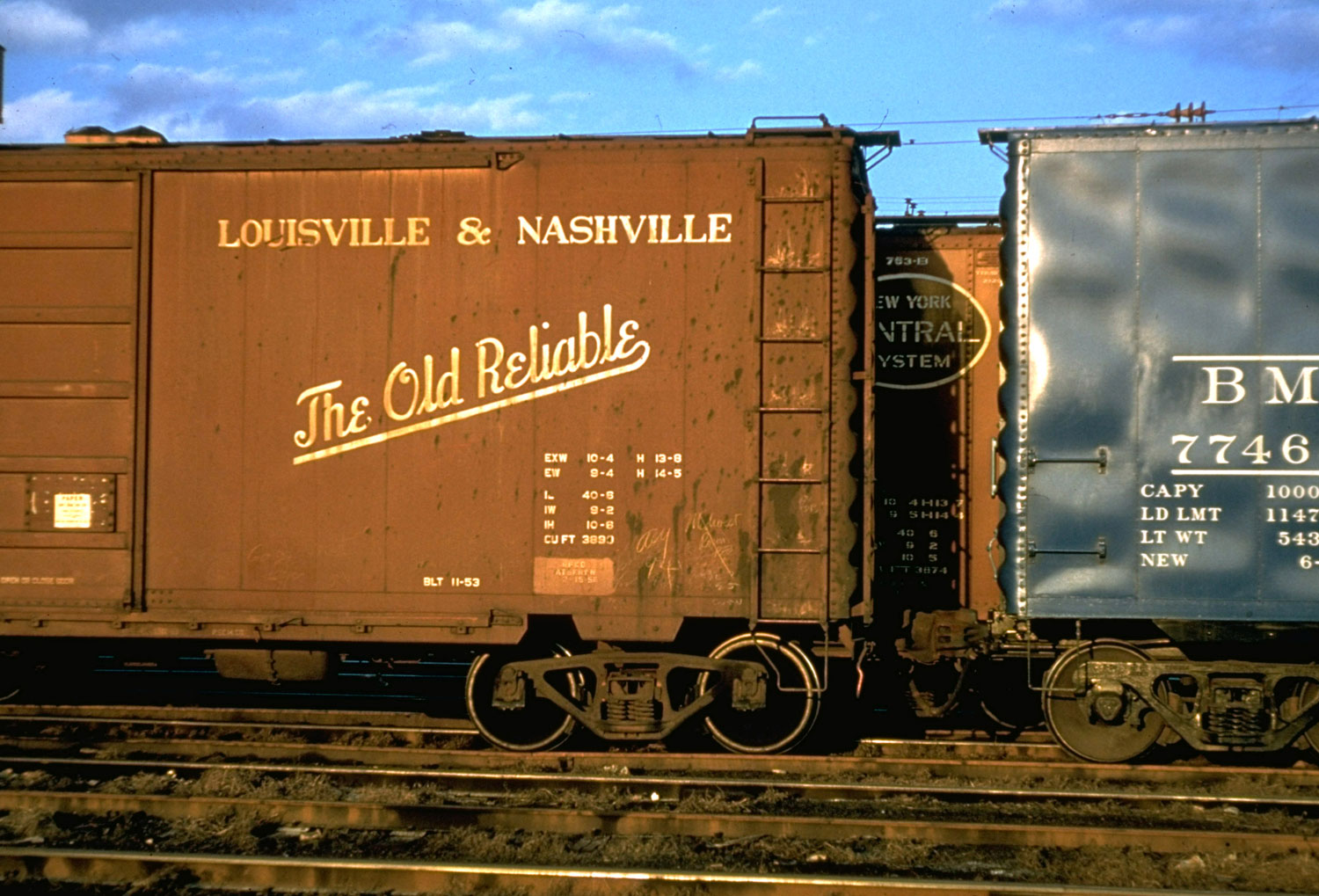
In November 2009 Warren Buffett made a splash in business circles when he announced that he had acquired the second-largest freight railroad in America, Burlington Northern Santa Fe, for roughly $26 billion. (Buffet’s Berkshire Hathaway firm had long held a significant percentage of BNSF.) At the time, the Oracle of Omaha’s investment puzzled some commentators: many saw — and some still see — railroads as a hopelessly old-school industry. Buffett, meanwhile, told anyone who would listen that purchasing the 75% of BNSF that he didn’t already own was not merely a vote of confidence in railroads, but “a bet on the country.”
It might be too early, just four years later, to know whether Buffett’s confidence in the future of rail in America was fully warranted. But it’s hard not to feel that part of the reason so many people weighed in on the BNSF acquisition, and why it was scrutinized so closely, is because railroads — unlike the other huge industries (steel, oil, coal) that helped America become the premier industrial nation of the past 150 years — still have some romance about them.
Countless poems and popular songs have been written in praise of trains. How many have been written to celebrate, say, US Steel?
Here, LIFE.com presents a series of color photos of freight cars shot for Fortune in 1957 by the great Walker Evans — pictures that (like so much of Evans’s work) not only evoke a specific time, but capture something elemental about specific things. Evans was a master at finding the ideal way to present the physicality of a given object: a dilapidated house, a famous bridge, a roadside garage or, in the case of the pictures here, a freight car.
More often than not, Evans’s method of approaching his subjects could perhaps best be characterized as “head-on”; much of his greatest work, after all, is unadorned and unaffected. The transparency of his pictures, however, should never be mistaken for mere simplicity. It’s a very rare craftsman, after all, who can invest a portrait of banged-up, rusting, utilitarian machinery with a kind of muted grandeur.
Finally, aside from the wonderfully graphic nature of the pictures — the stark angularity of the cars themselves; the slashing contrast of sunlight and shadow; the faded (but still striking) colors that fill each frame — one is also confronted, again and again, with phrases and names that evoke another, earlier, perhaps inevitably idealized age. Missouri Pacific Lines (“Route of the Eagles”). Northern Pacific (“Main Street of the Northwest”). Grand Trunk Western. The Rock Island line, immortalized in a blues song dating back to the early 20th century. Seen through Evans’s particular, incomparable lens, these old freight cars — and the names of the rail lines on which they ran — are transformed into emblems of an American past that feels both familiar and fabled: a world of endless motion, frozen in time.
Liz Ronk, who edited this gallery, is the Photo Editor for LIFE.com. Follow her on Twitter @lizabethronk.
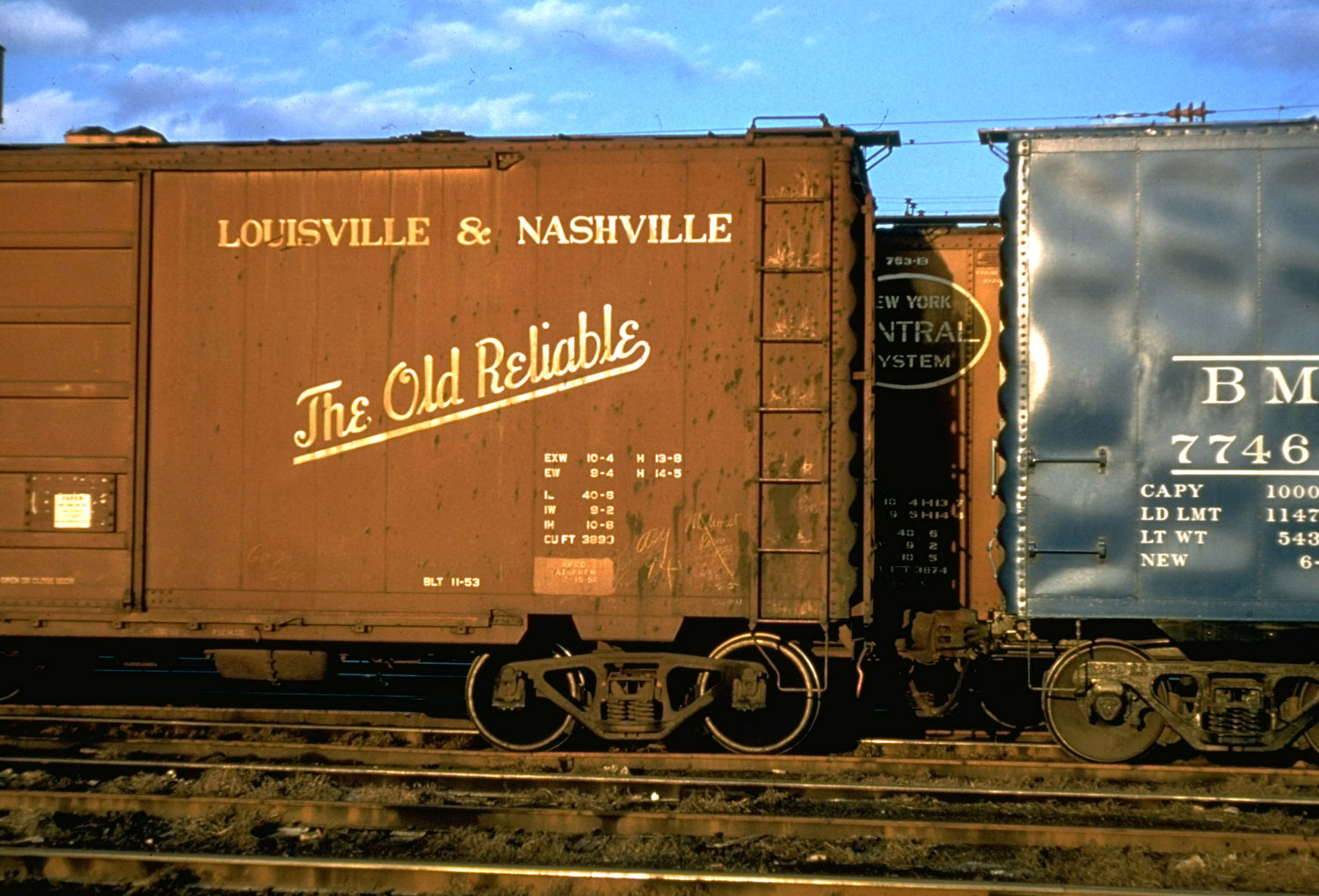
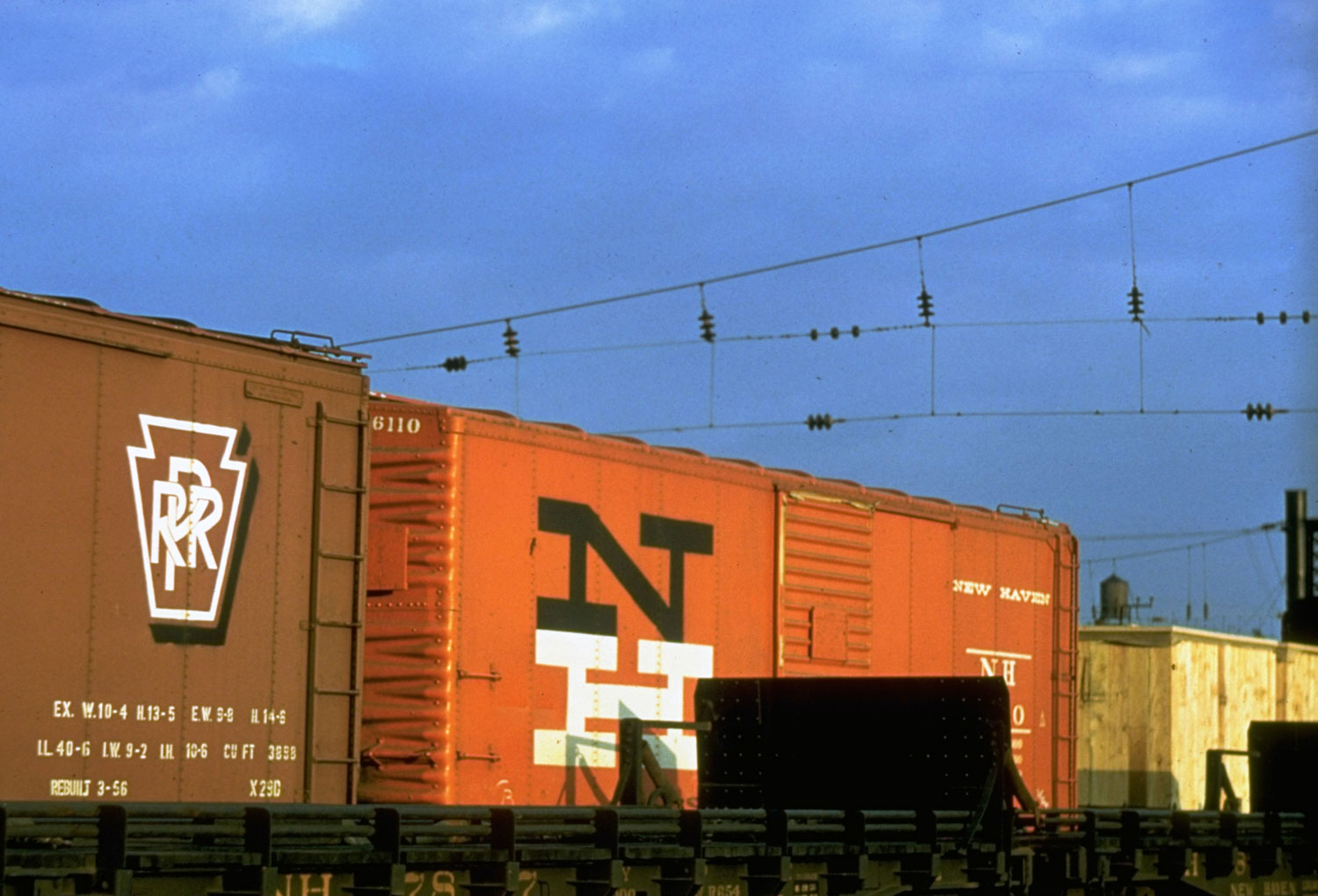
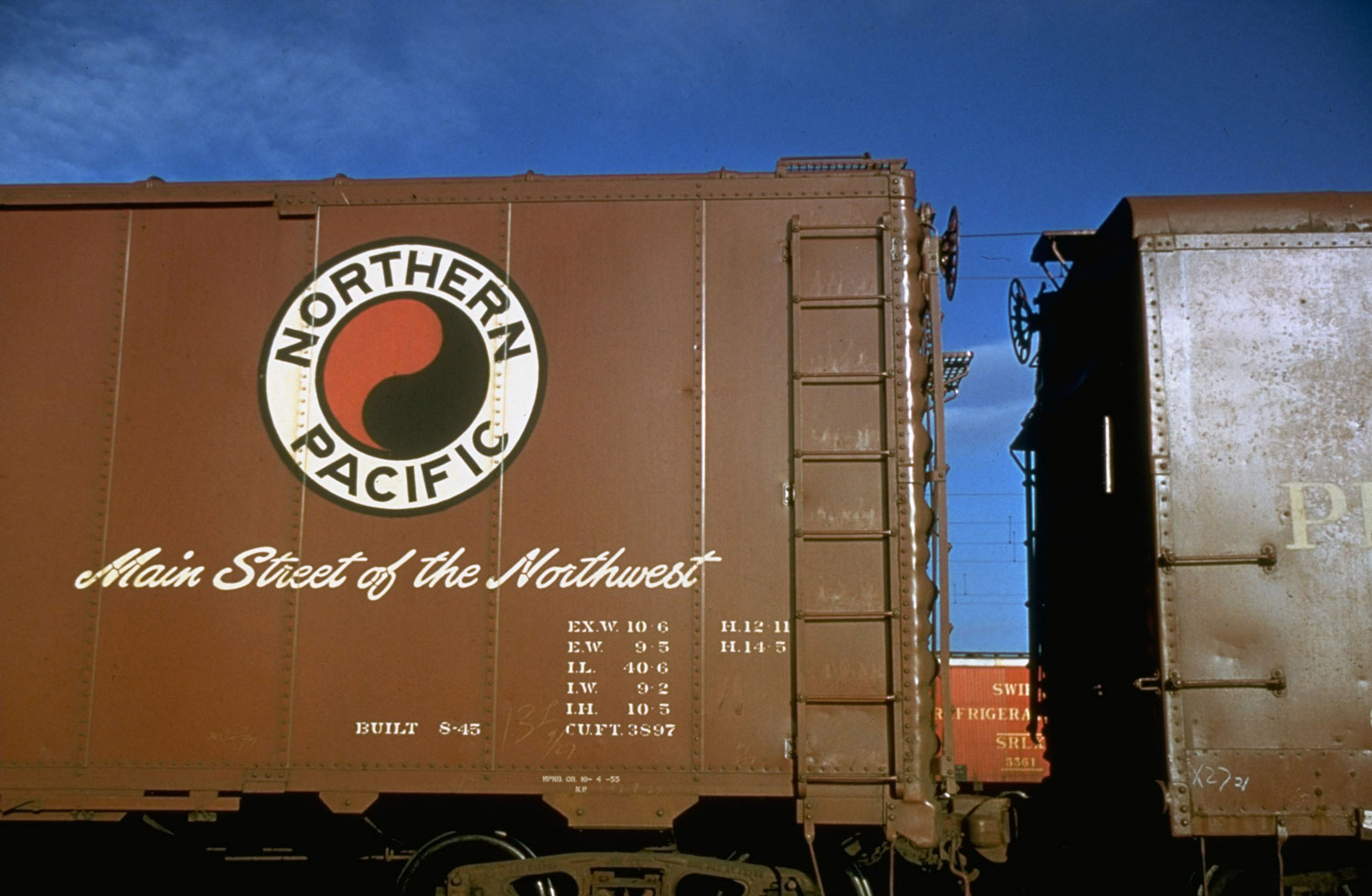
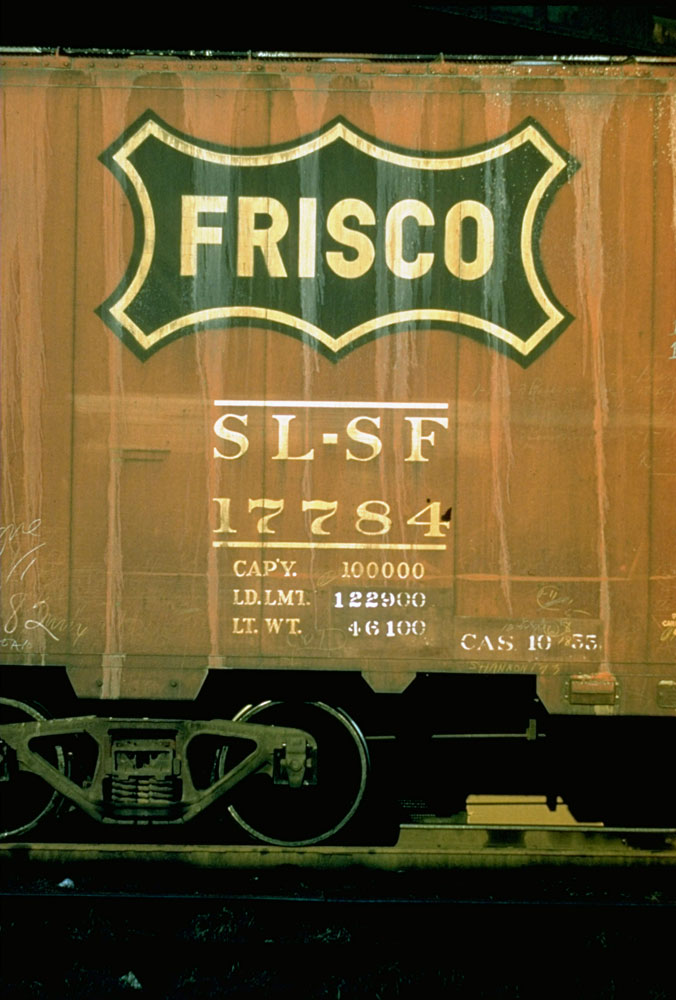
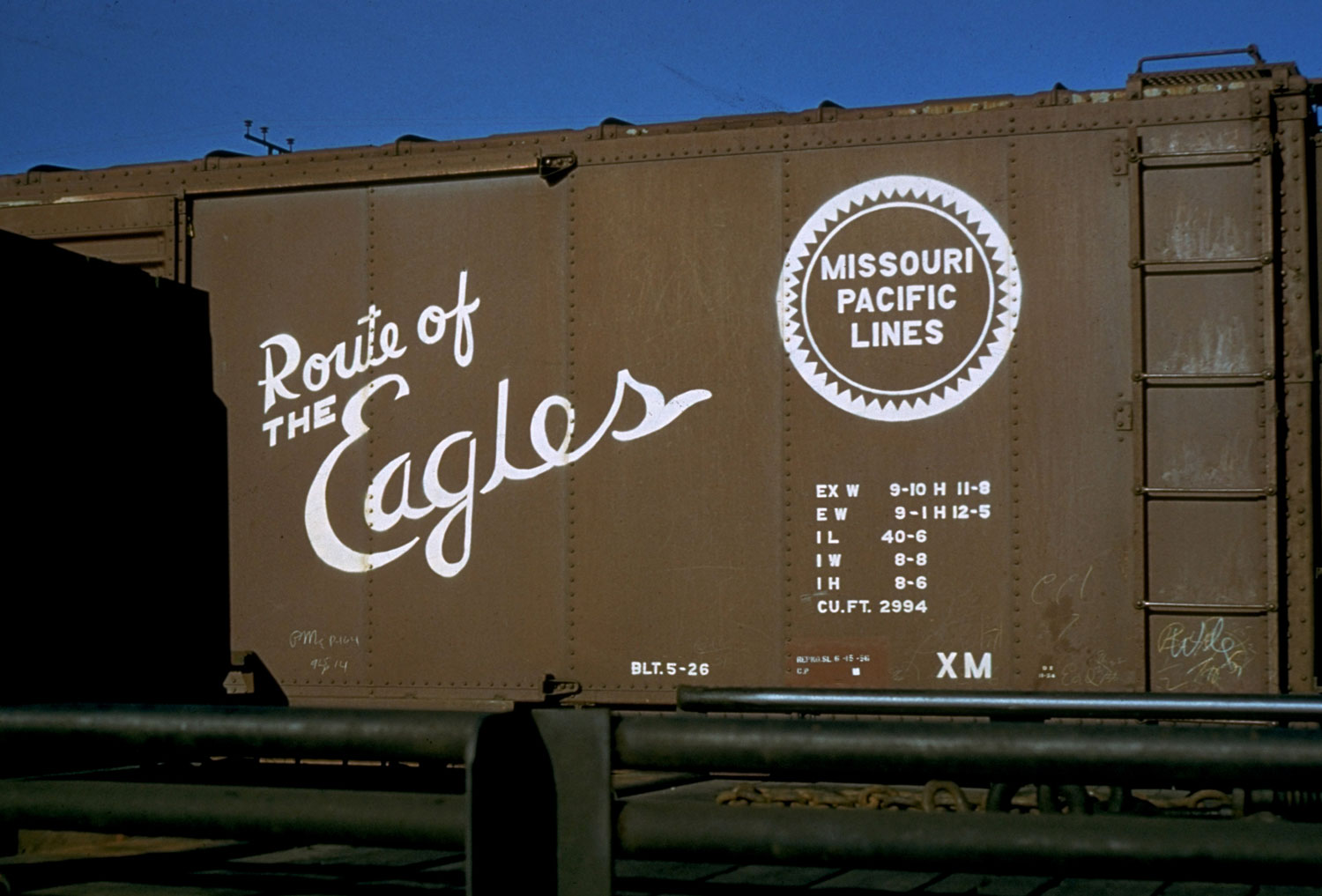
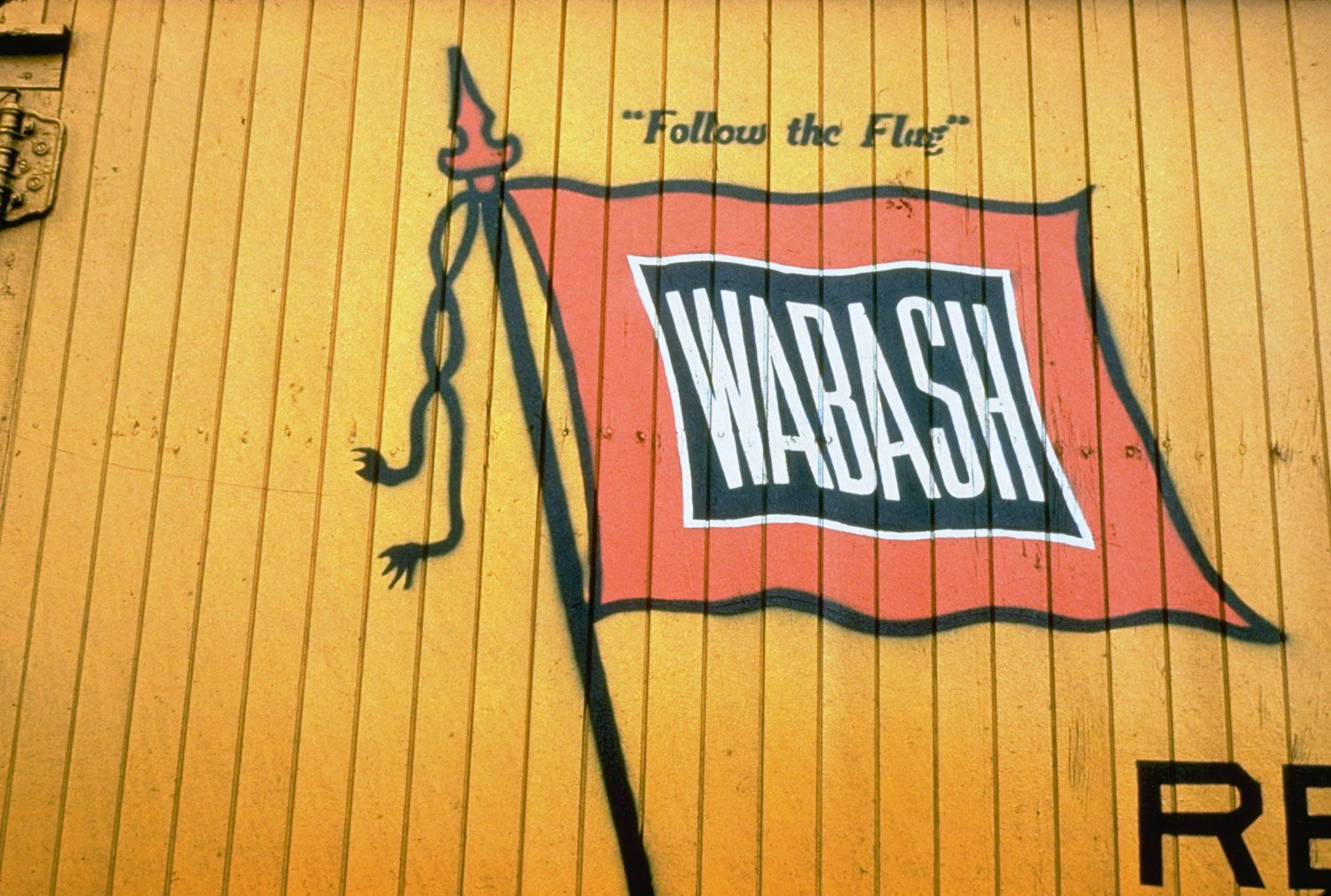

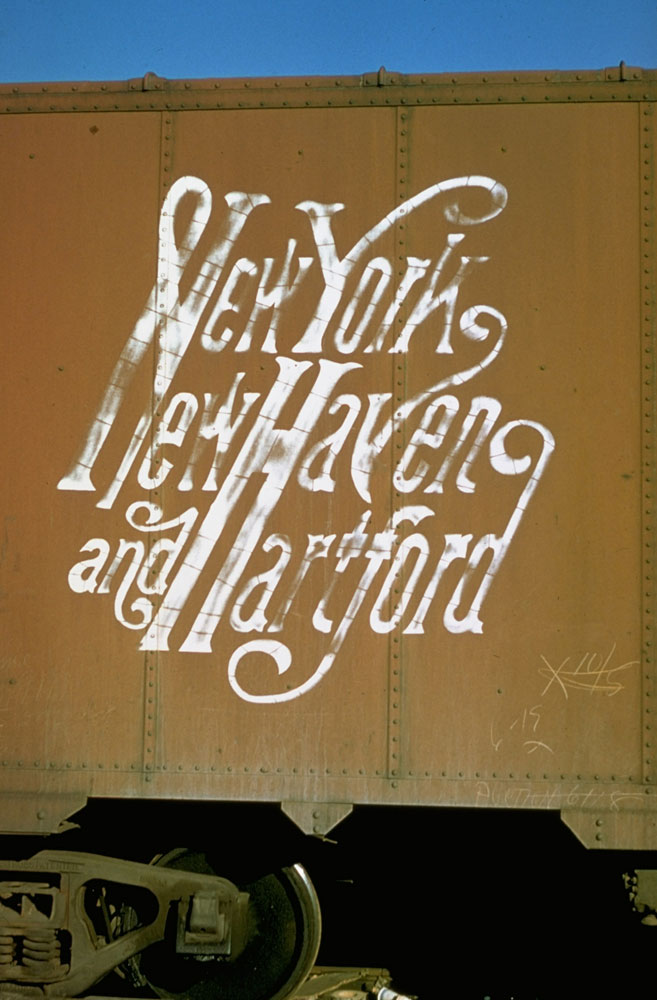


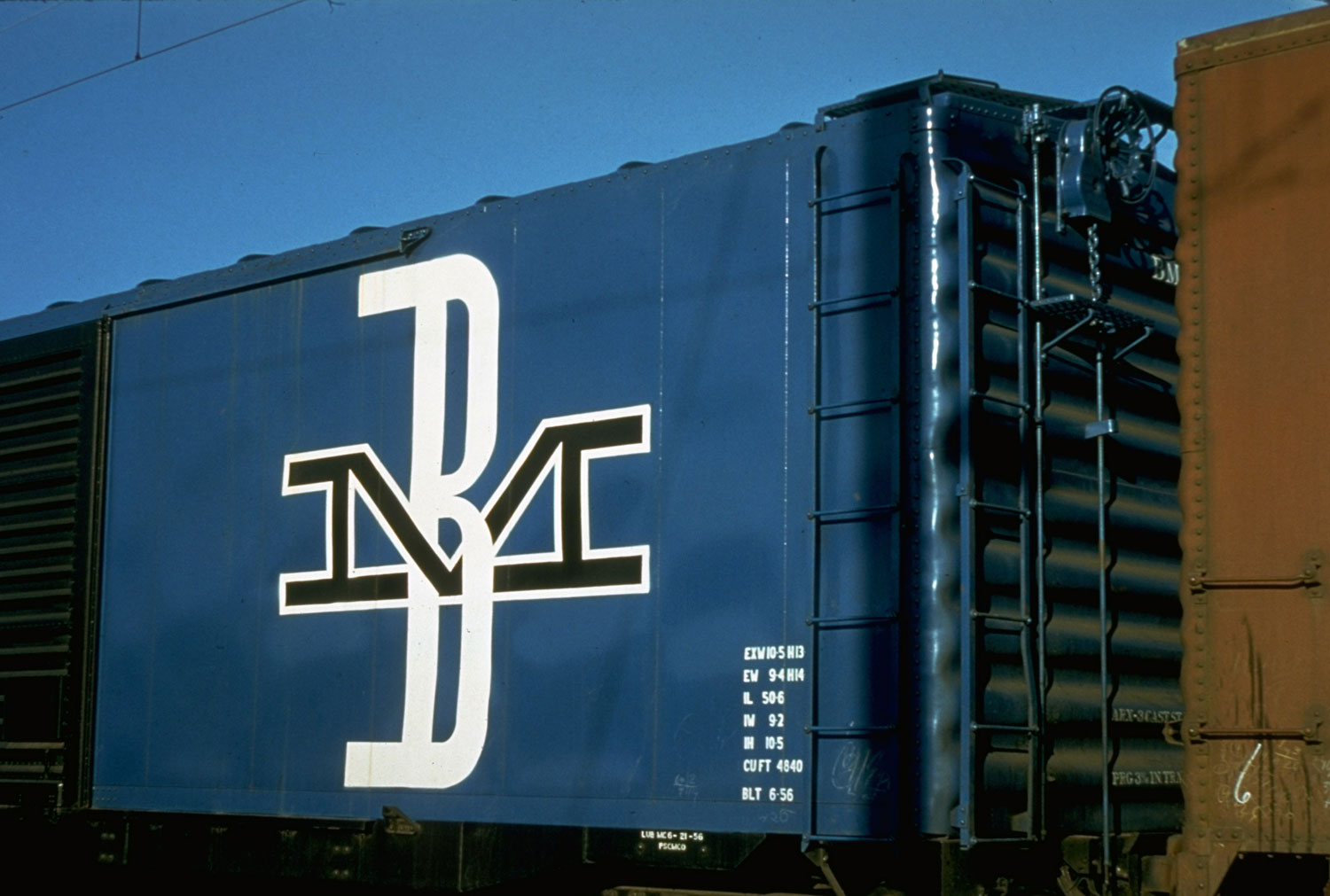
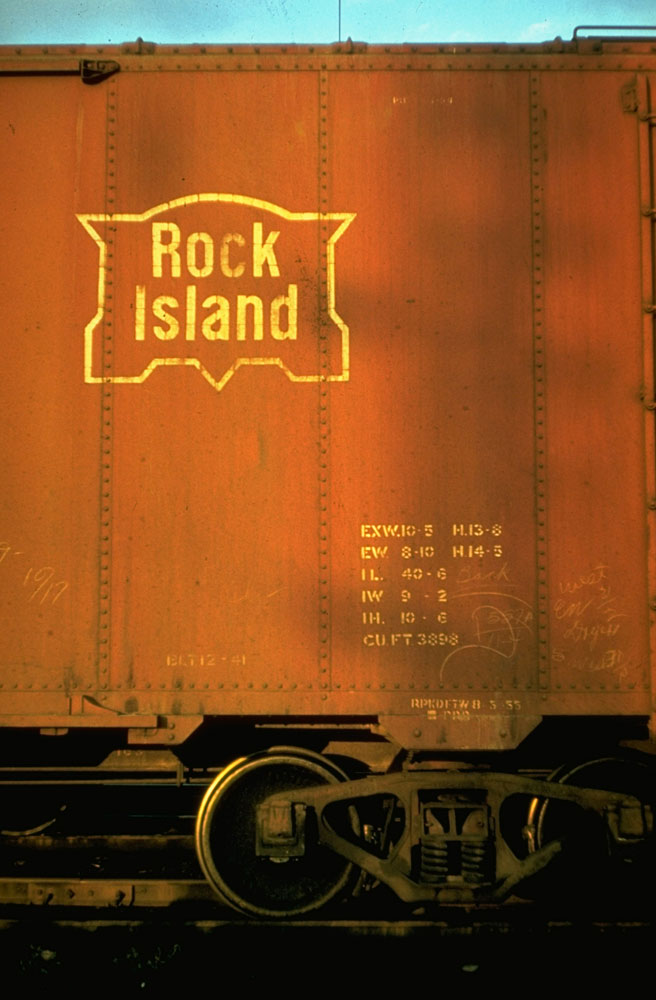
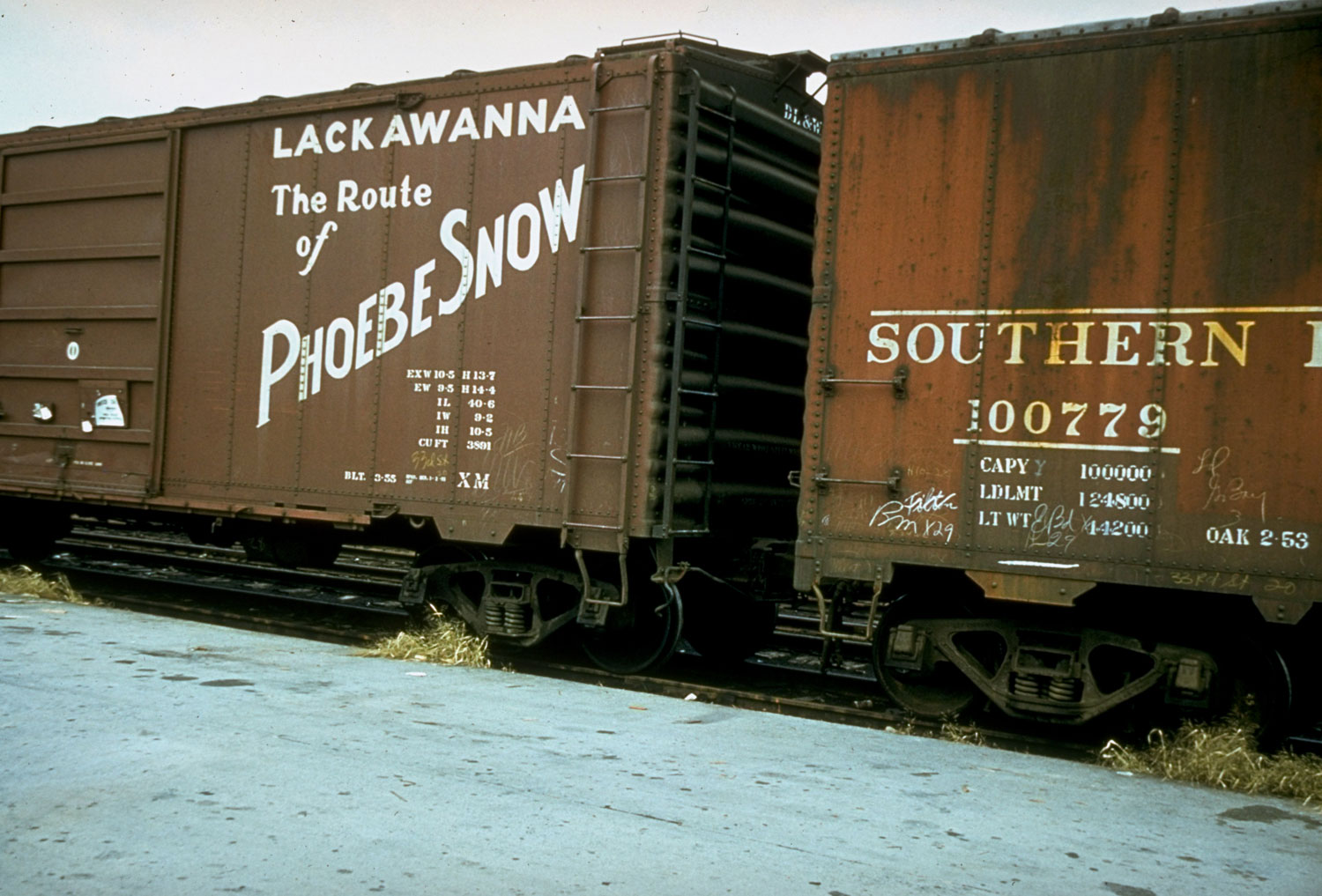
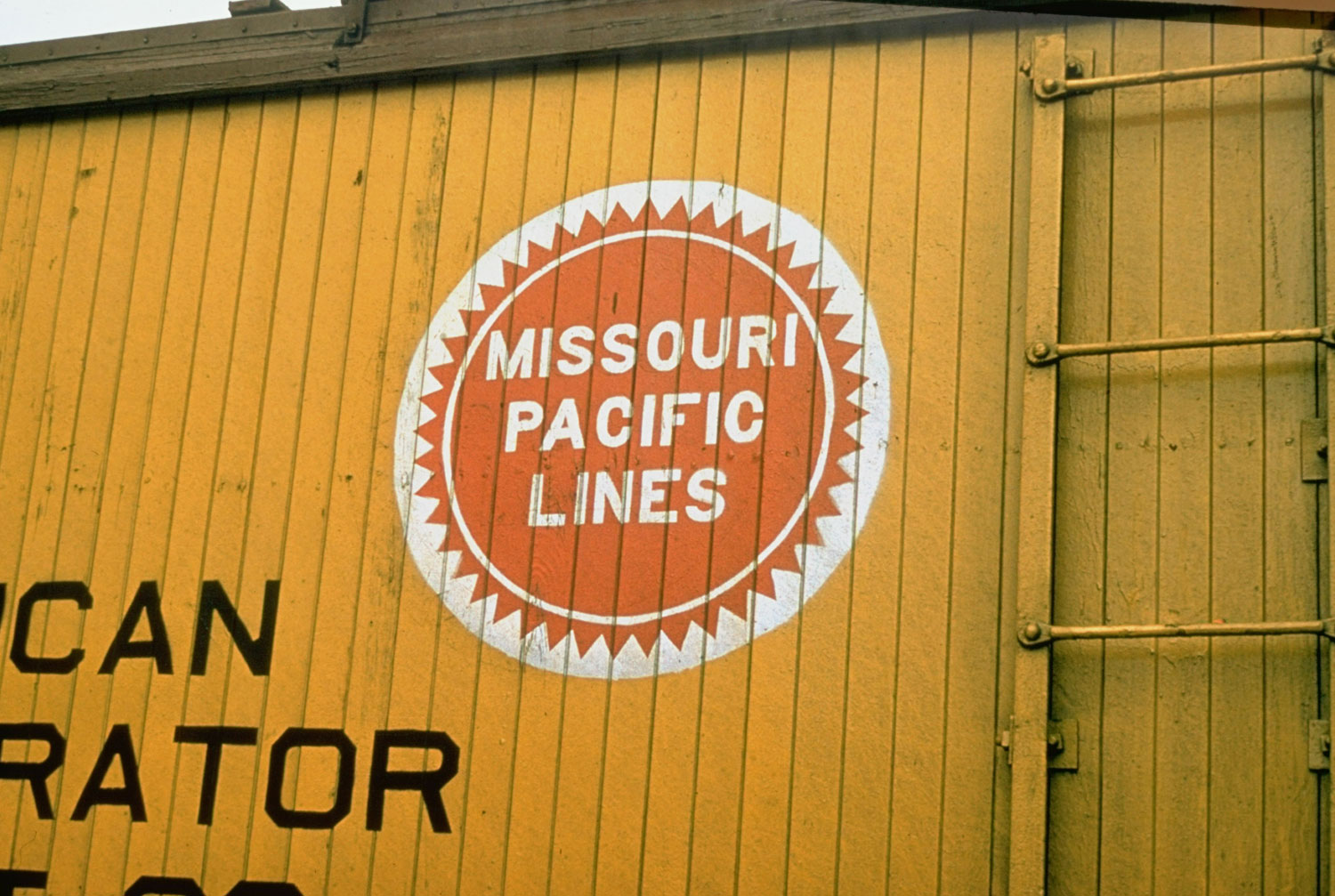
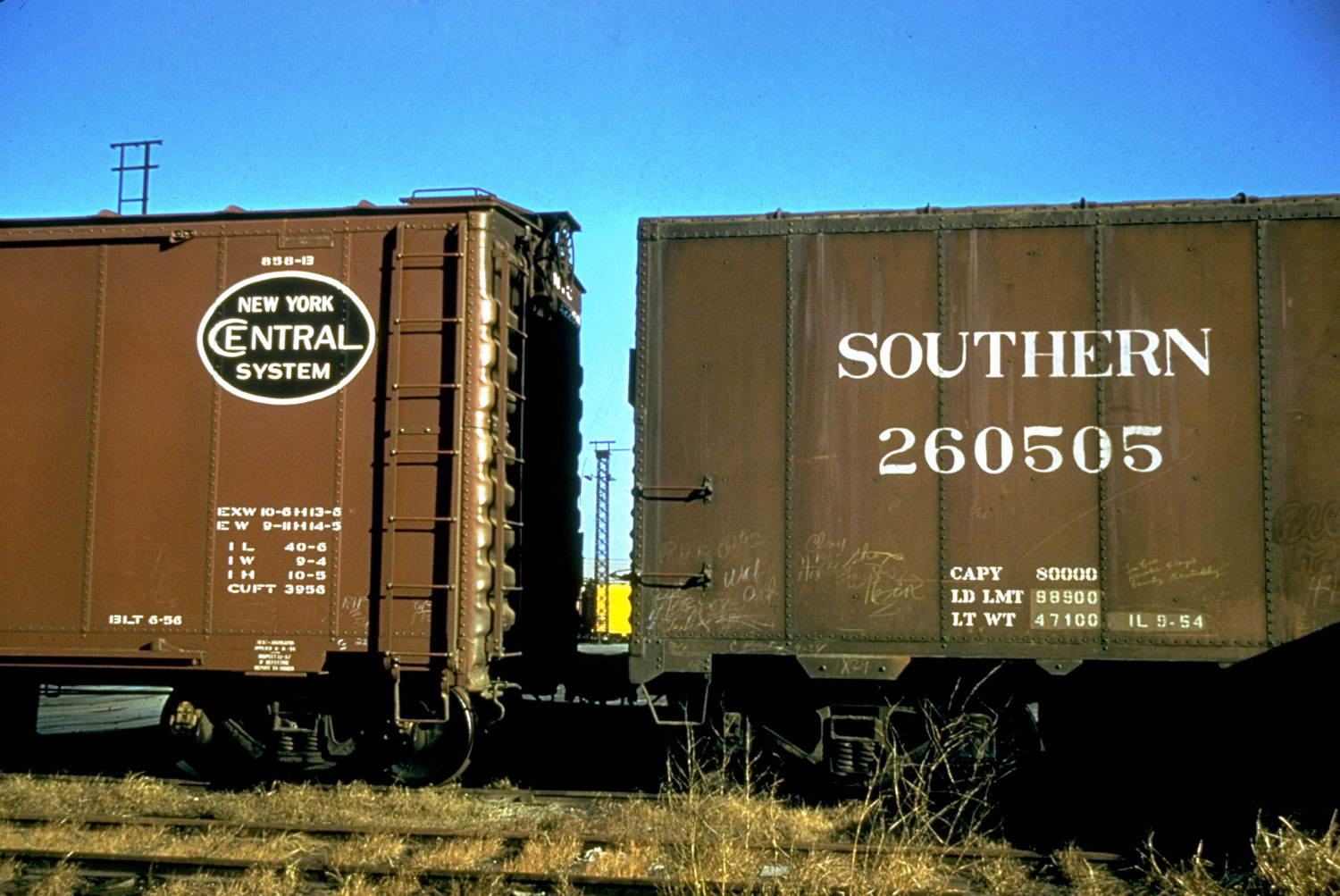
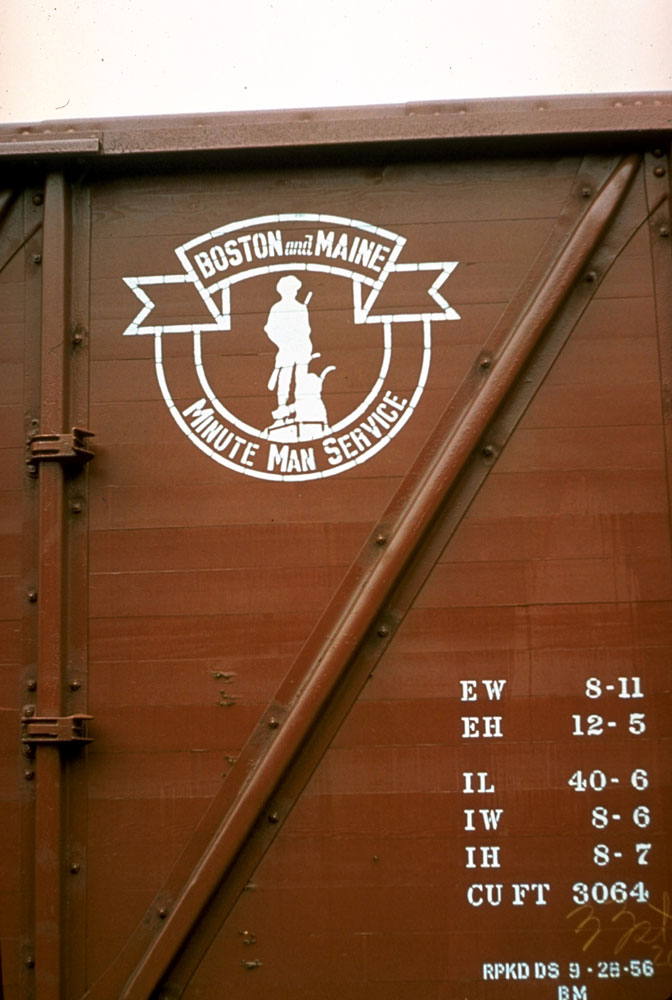
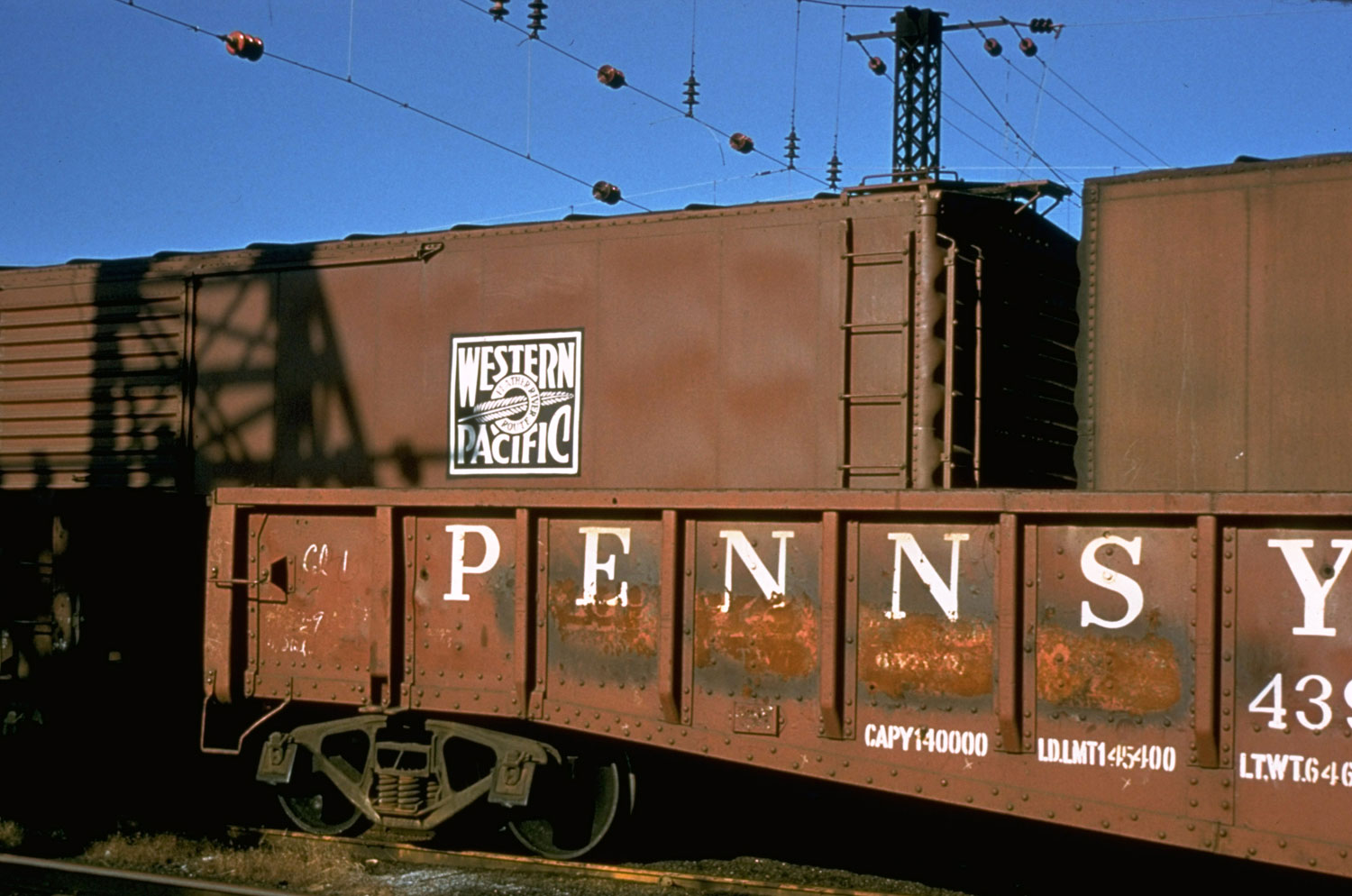
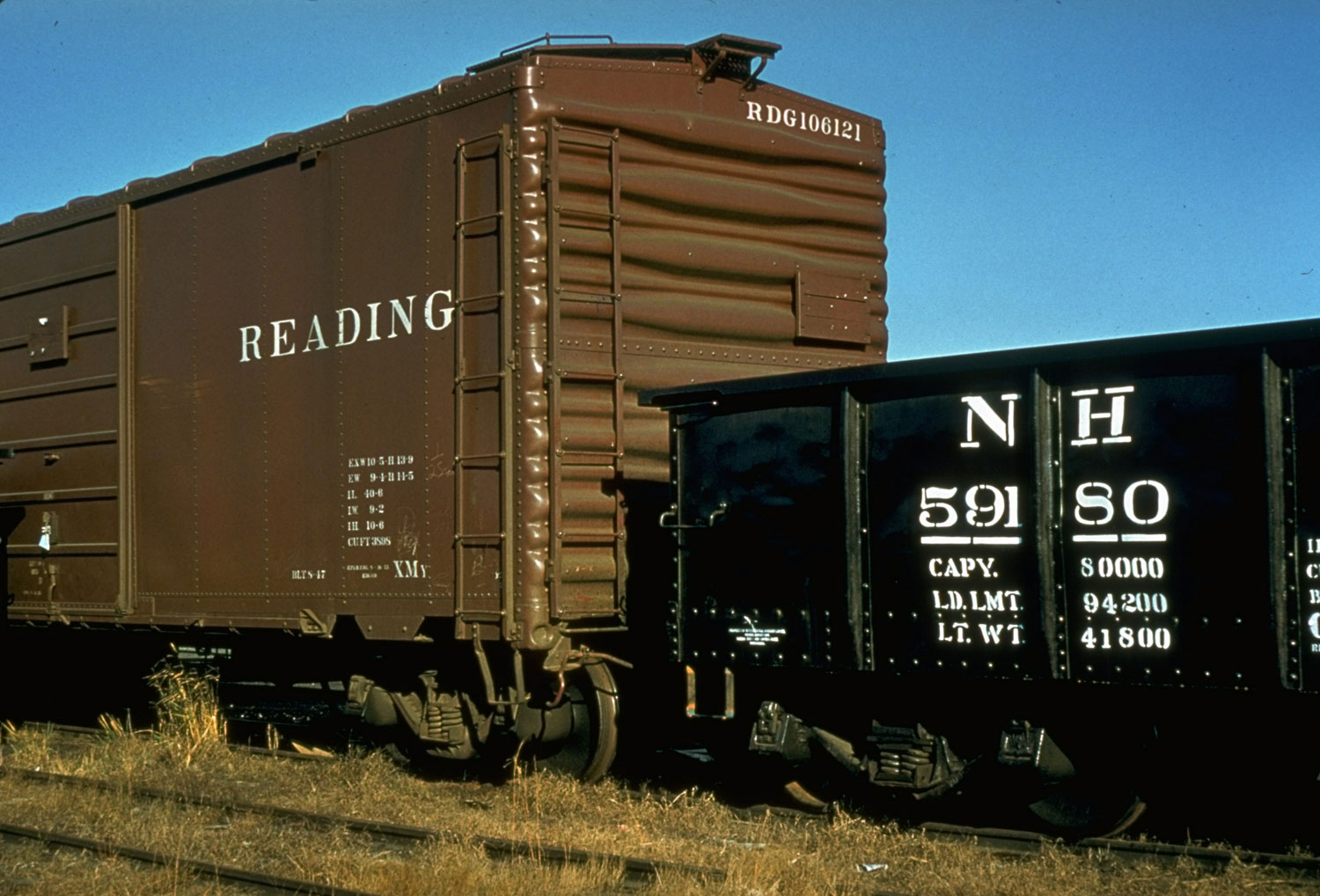
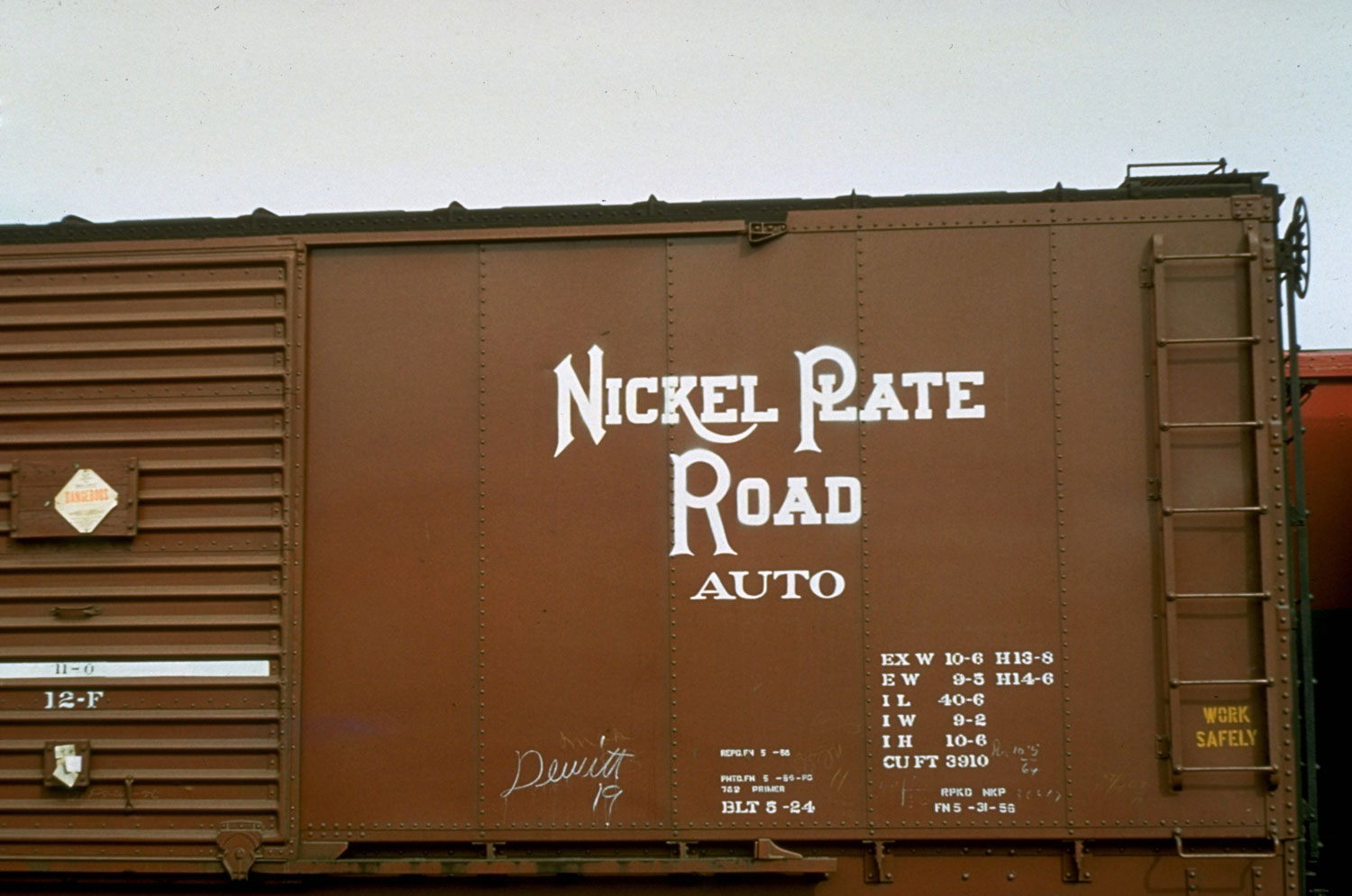

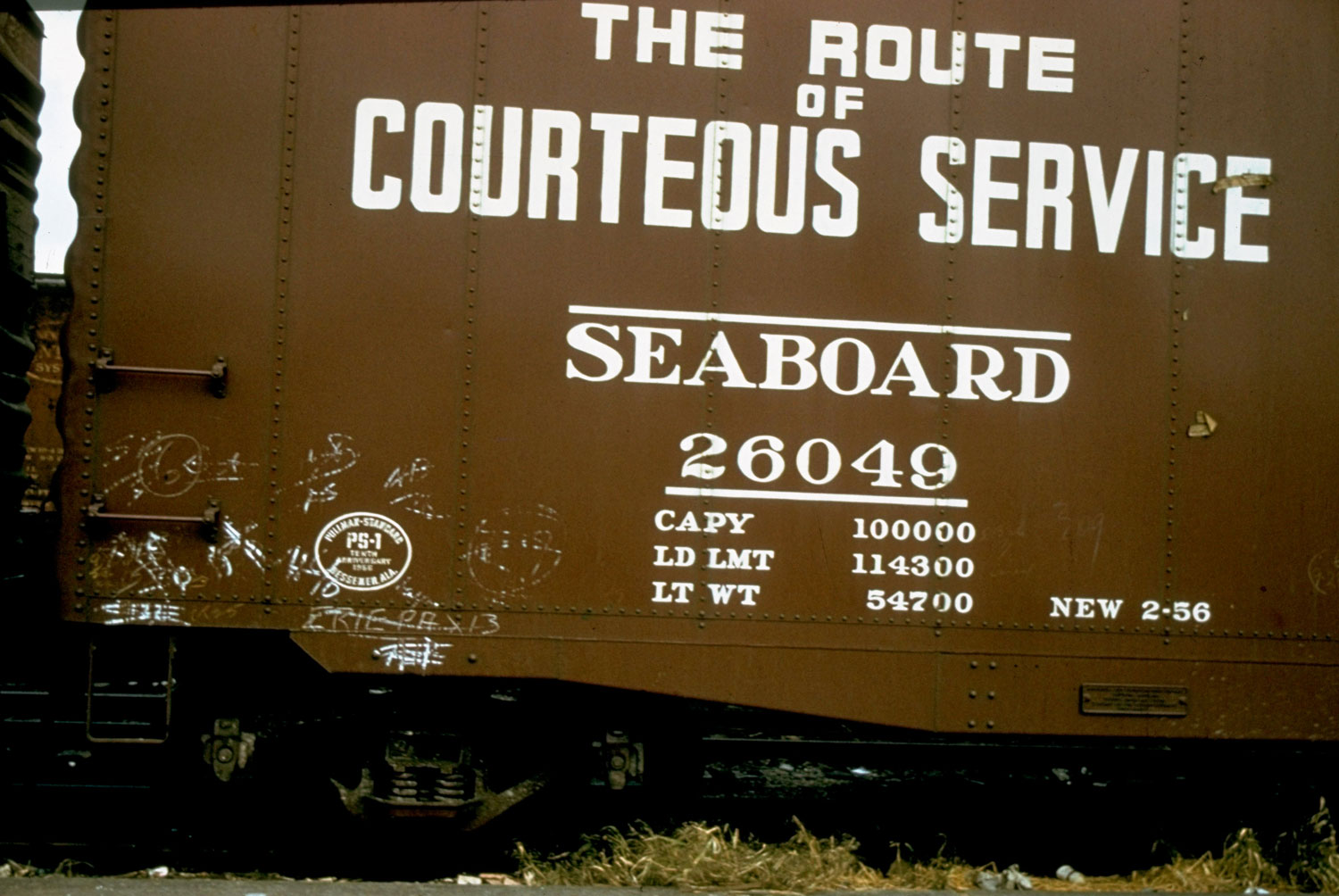
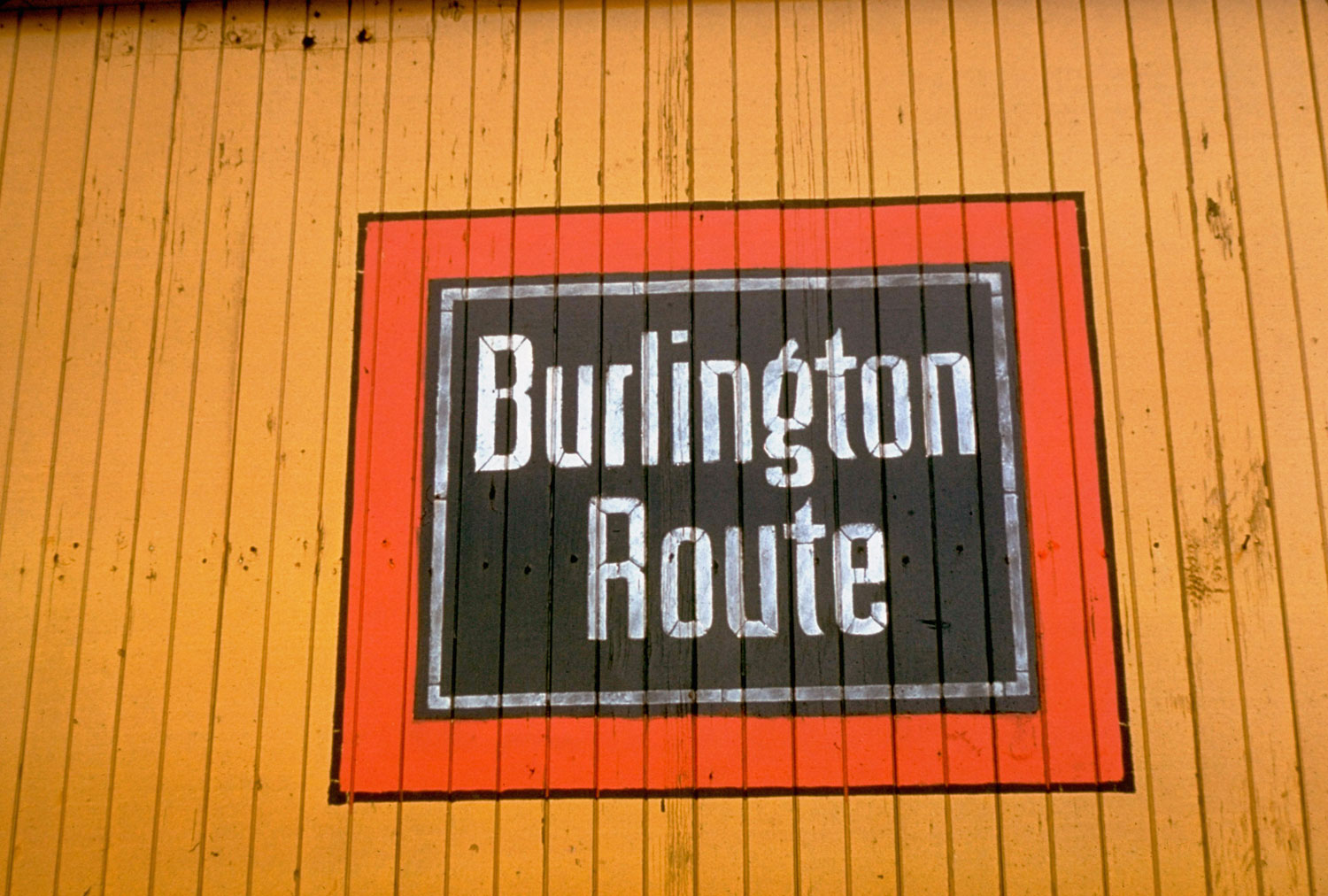


More Must-Reads from TIME
- Donald Trump Is TIME's 2024 Person of the Year
- Why We Chose Trump as Person of the Year
- Is Intermittent Fasting Good or Bad for You?
- The 100 Must-Read Books of 2024
- The 20 Best Christmas TV Episodes
- Column: If Optimism Feels Ridiculous Now, Try Hope
- The Future of Climate Action Is Trade Policy
- Merle Bombardieri Is Helping People Make the Baby Decision
Contact us at letters@time.com